A Complete Guide to Importing Power Strips from China in 2025
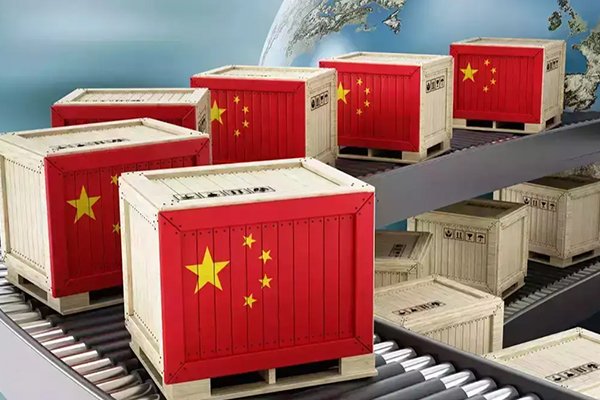
If you’re planning to import power strips1 from China in 2025, you’re not alone. From DIY supermarkets in Germany to tech chains in the US, global buyers are looking East to meet their demand for cost-effective and compliant power solutions.
To import power strips1 successfully in 2025, you need to evaluate the factory’s reliability, verify product certifications2, understand key logistics like MOQ and shipping terms, and stay on top of documentation requirements. One mistake in this process can delay or even block your goods at customs.
Here’s everything I’ve learned through experience—so you don’t have to learn it the hard way.
What to Look for in a Reliable Power Strip Manufacturer in China
Not all factories are equal. Some are experienced OEM/ODM partners; others are just trading companies with no control over production. The difference? One protects your brand. The other puts it at risk.
A good power strip supplier3 should have in-house production4, experience with export markets, full certifications, and a responsive team that actually listens to your needs.
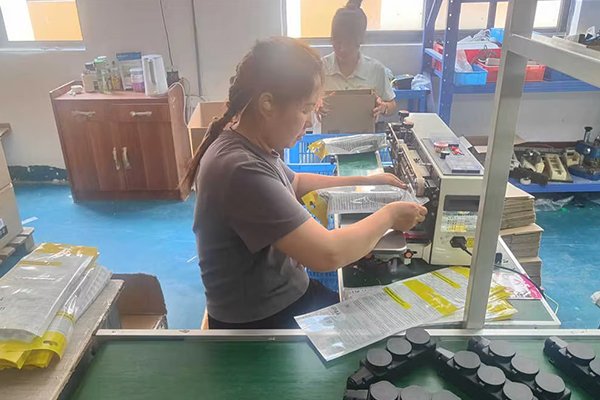
Key Criteria to Evaluate:
- Experience: At least 10 years in power strip manufacturing is a solid benchmark.
- Certifications: CE, UKCA, RoHS, FCC—depending on your target market.
- OEM/ODM Capabilities: Especially important if you’re customizing packaging or design.
- Communication: Clear, fast responses—especially during order handling and shipping.
| Factor | Why It Matters |
|---|---|
| Factory Ownership | Better quality control and lower risk |
| In-House Design | Easier customization, faster revisions |
| International Experience | Familiarity with EU/US compliance standards |
| Strong After-Sales Support | Helps resolve claims or quality issues |
A factory that understands your business needs is worth more than one that just sends a price sheet.
Compliance and Certifications Required for Power Strips in the EU and US
This part isn’t optional. To clear customs and legally sell your power strips in Europe or the US, you must meet strict compliance rules. No shortcuts.
EU requires CE and RoHS5 for electrical products, while the US focuses on FCC, ETL/UL, and California Prop 656 where applicable. Always ask for current lab test reports—not just logos on packaging.
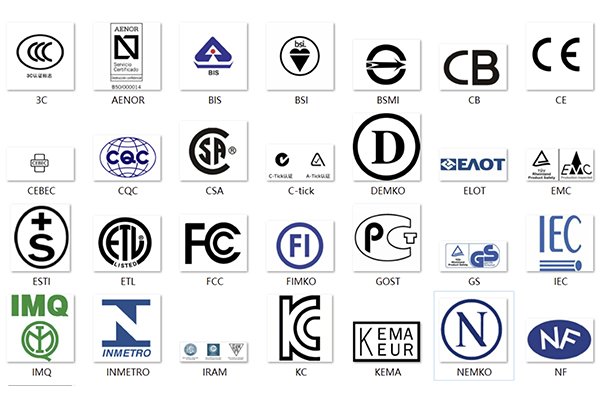
Required Certifications:
-
Europe (EU + UK):
- CE (Low Voltage Directive + EMC)
- RoHS (Restriction of Hazardous Substances)
- UKCA (for the UK market post-Brexit)
-
United States:
- FCC (electromagnetic compatibility)
- ETL or UL (safety standards)
- Prop 65 (California toxic substance disclosure)
| Region | Required Certification | Purpose |
|---|---|---|
| EU | CE, RoHS, UKCA | Safety + environmental compliance |
| USA | FCC, ETL/UL, Prop 65 | EMC + electrical safety + labeling |
If you’re importing under your own brand, make sure the declarations are filed in your company name—or that you get written authorization from the factory.
Understanding MOQ, Lead Time, and Customization Options
Before you place your order, you need to clarify the production basics. These affect your timeline, costs, and flexibility.
Most Chinese power strip manufacturers set MOQs (Minimum Order Quantities7) between 500 to 2,000 pieces per SKU. Lead time usually ranges from 25 to 45 days depending on customization and capacity.
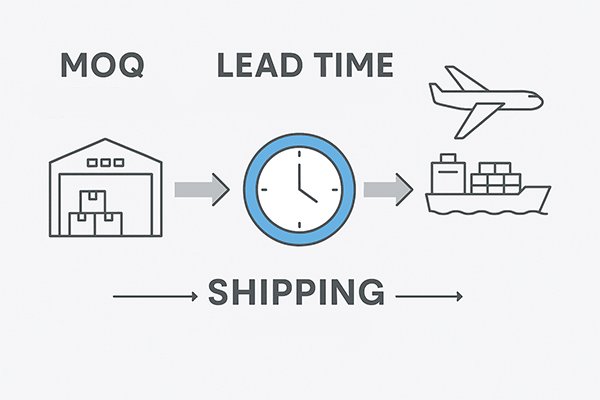
What You Can Customize:
- Logo Printing: Pad or laser print your brand
- Plug Types: EU, UK, US, or multi-socket options
- Cord Lengths: Standard 1.5m to 5m or customized
- Color, Shape, USB Ports, Switches
| Term | Typical Range | Notes |
|---|---|---|
| MOQ | 500–2000 pcs | Can be lower for standard models |
| Lead Time | 25–45 days | Depends on tooling and order volume |
| Sample Time | 7–14 days | Paid samples often refundable |
| Custom Branding | Yes | Requires artwork files and extra time |
Communicate all specs clearly in your PI (Proforma Invoice) to avoid misunderstandings.
Shipping, Duties, and Documentation: What You Need to Prepare
Once your goods are ready, the logistics process kicks in. You’ll need the right incoterms, documents, and a clear customs strategy—especially for electronics.
Choose the shipping terms that match your buying ability: EXW for full control, FOB for balanced risk, or DDP for hands-off delivery. Make sure all required documents are accurate and in-hand before goods depart.
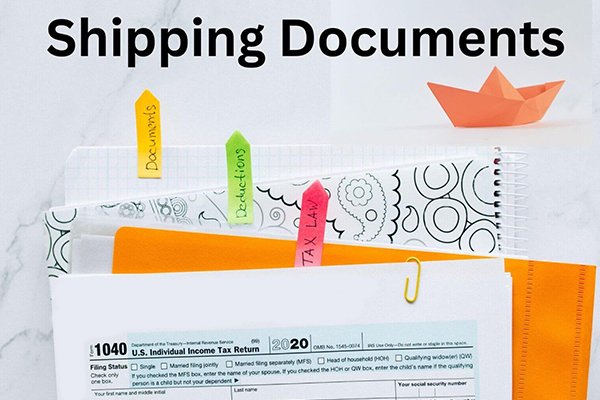
Required Documents for Import:
- Commercial Invoice
- Packing List
- Bill of Lading or Airway Bill
- Certificate of Origin
- Test Reports + CE/FCC Declarations
| Shipping Term | Who Handles What |
|---|---|
| EXW | You arrange pickup from factory |
| FOB | Factory brings to port and clears export |
| CIF | Factory pays sea freight and insurance |
| DDP | Door-to-door with duties/taxes included |
Also, double-check with your freight forwarder if your product is considered “controlled” due to surge protection or lithium content.
Conclusion
Importing power strips from China in 2025 can be smooth, profitable, and reliable—if you prepare well. Start by choosing a factory with solid certifications and OEM experience, stay compliant with CE and FCC rules, clarify all order terms upfront, and partner with a freight forwarder you trust. Done right, you’ll build more than just a product—you’ll build a long-term supply chain you can rely on.
-
Exploring this resource will provide you with essential tips and insights to ensure a smooth import process. ↩ ↩
-
Understanding the significance of product certifications can help you avoid costly mistakes and ensure compliance. ↩
-
Understanding the key qualities of a power strip supplier can help you choose a reliable partner for your business. ↩
-
Exploring the benefits of in-house production can reveal how it enhances quality control and brand protection. ↩
-
Understanding CE and RoHS compliance is crucial for selling electrical products in Europe, ensuring safety and legality. ↩
-
Familiarizing yourself with these regulations is essential for compliance in the US market, protecting your business from legal issues. ↩
-
Understanding MOQs helps you plan your budget and production timeline effectively. ↩






